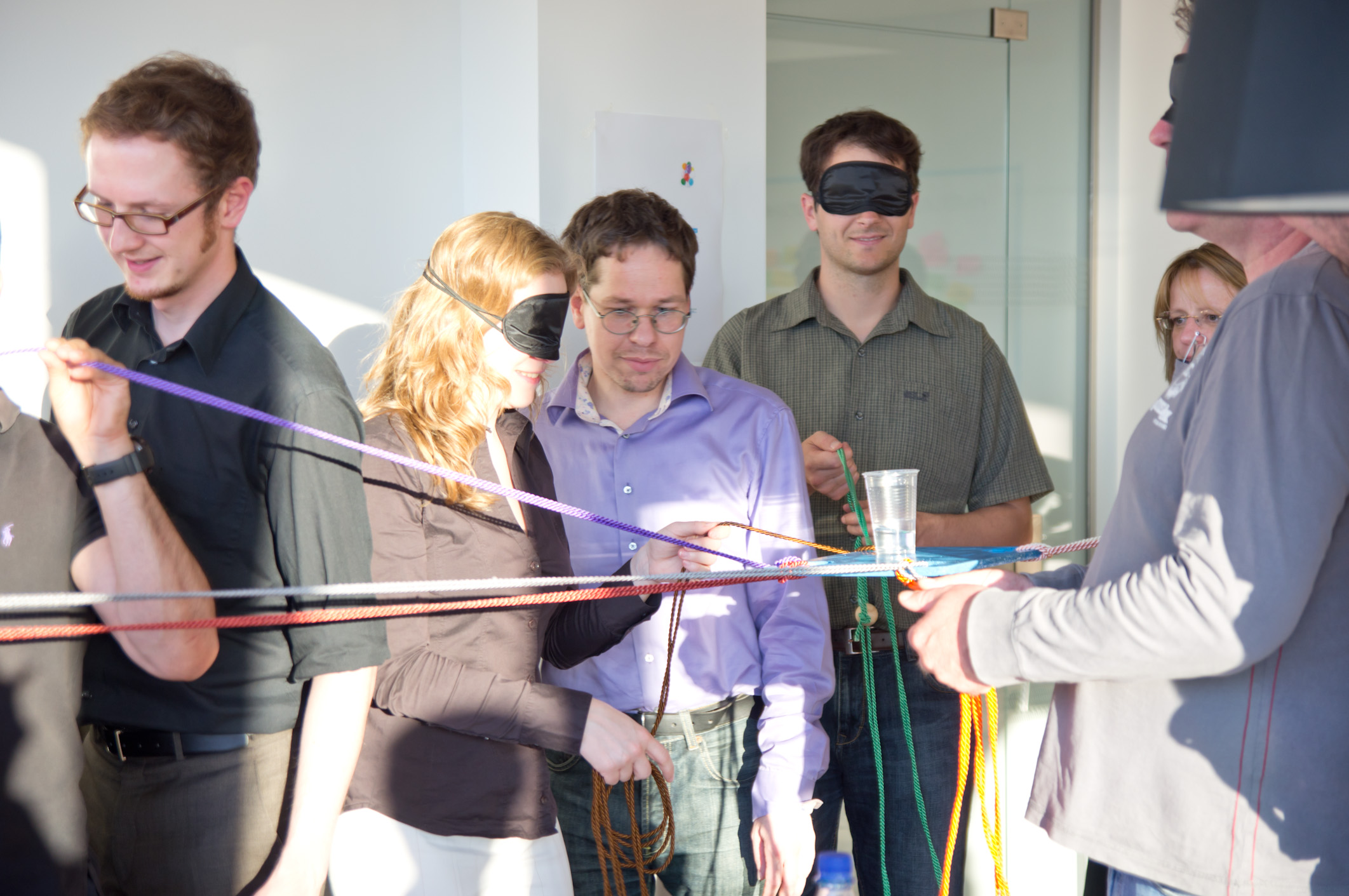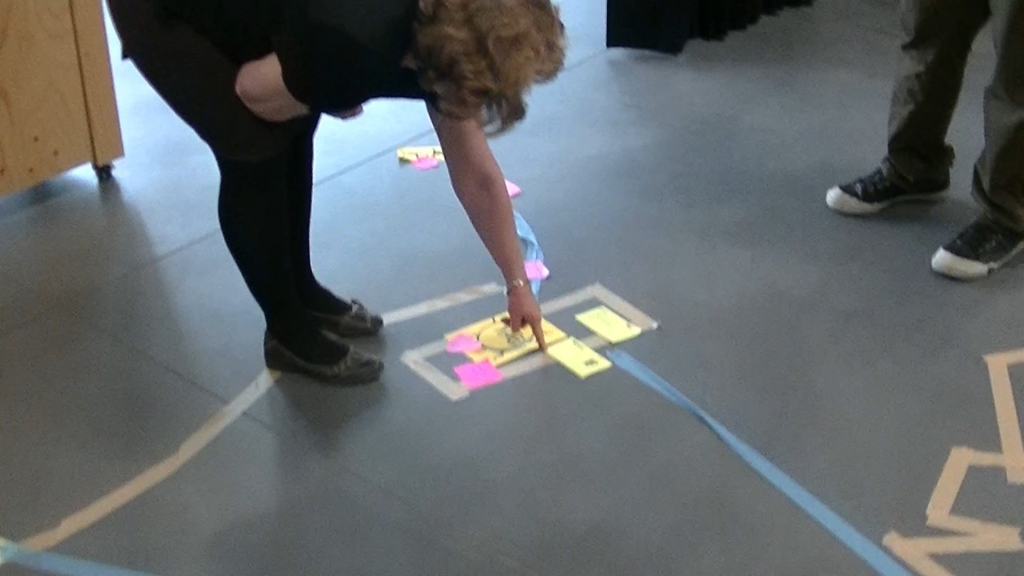Agile Games
Description of Agile Games
Agile Games are facilitation techniques I use. For most people, games and business work doesn’t seem like a natural pairing. However, you can not deny, that games create a safe space to experiment playfully and to collaborate cheerfully.
People are most engaged when they have joy doing their work. Playing is a profoundly powerful tool to achieve business results.
In the last decade, a rich toolbox of workshop formats and instruments was invented to transform daily work into play: Agile Games.
Agile Games are not only fun stuff. They are serious instruments to solve real business issues in management, product development and team building and other important areas.
The term "agile" is more about delivering the highest business value as possible faster by focusing on people and continuous improvement.
Agile Games are a set of collaborative workshop formats. They are moderation practice tools to facilitate innovation in the business world. Their focus is on teaching, demonstrating, or improving workplace behaviour and organisational effectiveness.
The "players", i.e. the workshop participants, are ideally cross-functional, including customers, if possible. Everyone works together to discover, create, verify, and document pre-agreed issues.
Agile Games can model just the core of a process, or a model, leaving out unimportant factors. They can empower collaboration, brainstorming, comparing product variants, and of course, retrospectives.
Agile Games workshops range from small to large group exercises lasting 10-60min up to full-fledged days-long workshops depending on the issue complexity.
Learning theories showed that games are ideal instruments for participants/players to communicate on an equal level, to share mutual understanding, and to make lessons stick best.
Rules of Agile Games
- Each agile game follows its own rules.
- Time to play an agile game is short (approx. < 30 min, depending on number of participants).
- Everyone is equally involved in the game.
- Mutual understanding and communication are the key themes.
- Everyone can propose a game.
- There is a learning/debriefing afterwards.
When to use Agile Games
- Unveil obstacles in agile mindset.
- Show impediments in team constellation.
- Teach agile principles.
Facilitator Role
- Selects game(s) appropriate to potentially solve the issue(s)
- Guides through the process
- Explains the techniques introduced
- Explains the rules of the game(s)
- Facilitates the game(s)
- Time-keeping
- Helps the discussions stay focused.
- Concentrates on the group’s discussion process.
- Moderates in case of conflict and disagreement.
- Helps group members identify areas of agreement and disagreement.
- Brings in points of view that haven’t been talked about.
- Creates opportunities for everyone to participate.
- Focuses and helps to clarify discussions.
- Summarise key points in the discussion, or ask others to do so.
- Support debriefing and learning
Further Readings
Online-Collection of agile games:
- http://bit.ly/pibAgileGamesWiki — agile games wiki, collected by Michael, Plays-In-Business.com, (english&german descriptions, tiddlywiki technology).
- TastyCupCakes.org — collection of agile games sorted by fields of application
- Google Group Agile Games.









Leave A Comment